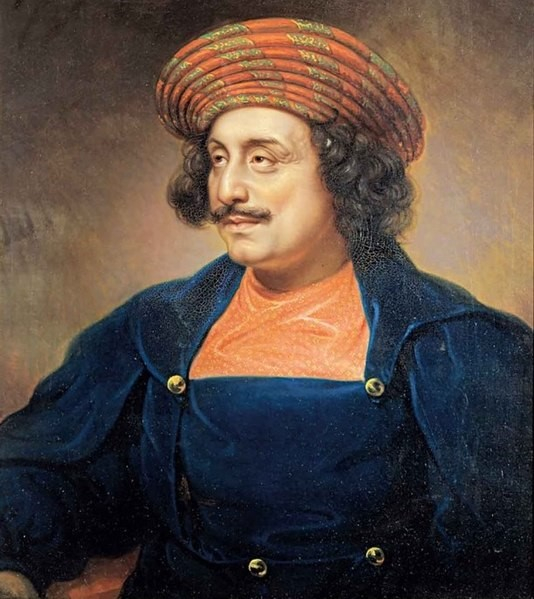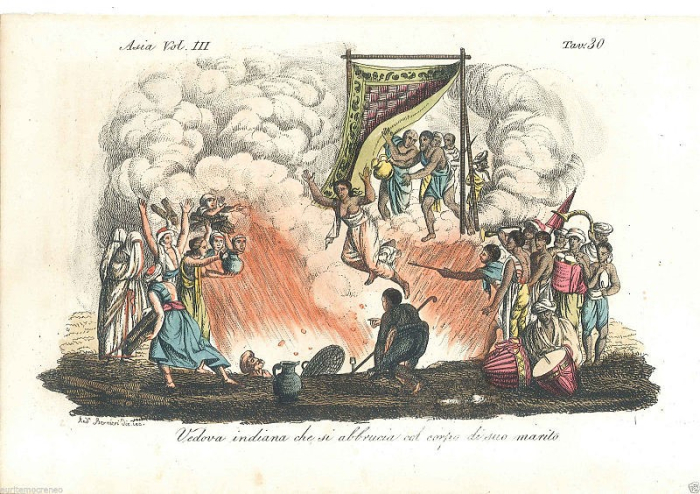

The Britishers took over India post the Battle of Plassey in 1757. However, they had no idea about the customs and beliefs of the Indian population. India over the course of the 5,000 years of its known history has seen many different empires. Starting with the Mauryan empire to the Mughal empire till the 18th century. The rulers of these kingdoms came from different religions and castes, giving rise to numerous social customs. Some of these were helpful for society while others were meant to denigrate a particular group of people. It is the latter against which people rose in the 19th century.
People demanded reforms in the society and the Britishers were pressured to carry out reforms. The Englishmen obliged to some demands that suited their rule while others were ignored. Let us look at the social reforms of the 19th century in detail.
British rule unknowingly played a crucial role in the demand for social reforms. People were now aware of the flaws of Indian culture and wanted to eradicate them.
In the 19th century, numerous journals, newspapers, and books were published. Intellectuals like Raja Ram Mohan Roy described how the ancient texts did not support evils like caste and sati. This played a crucial role in propagating the idea of reforms.
Indians like Raja Ram Mohan Roy, Jyotirao Phule, Swami Vivekananda, etc were highly educated people with a modern outlook. They led people to demand equality in society and fight for justice.
The social customs like sati practice, caste system, child marriage, etc served as a powerful cause to rise for change.

Raja Ram Mohan Roy
Rembrandt Peale, Public domain, via Wikimedia Commons
There was also a new group of wealthy traders who in spite of their riches were considered inferior to Brahmans and Kshatriyas. Therefore they demanded a change in the societal organisation to achieve a higher status.
Abolition of caste system − Post the Vedic age the caste system became an intrinsic part of Indian society. But it became stagnant and hierarchical. The Brahmanas and Kshatriyas became the “upper castes” while Vaishyas and Shudras were considered “lower castes”.
Abolition of Sati − Till the 19th century Hindu women were forced to sit on the funeral pyre of their husbands. This showed the oppressive position of women in society.
Revolt against child marriage − Nearly 15% of Indian girls still get married under 18. The condition was worse in the 1800s. Child marriage was a norm and it led to many issues like low literacy, marital rape, pregnancy-related deaths, etc.
Widow Remarriage − Reformers like I.C. Vidyasagar supported widow remarriage because they believed that women were equals in society and should not stop living just because their husbands didn’t survive.
Education − The biggest reason for the social evils of Indian society was low literacy. People demanded universal education in science, history, crafts, etc to promote equality in India.
Abolition of Sati − Raja Ram Mohan Roy played the most important role in the abolition of sati. He wrote in numerous languages like Bengali, Persian, Sanskrit, Arabic, English, etc about the issue. And how the ancient texts did not support it. Finally in 1829 sati was abolished by the British. He also started Brahmo Samaj to propagate ideas of caste equality, no idolatry, women’s empowerment, etc.
Widow remarriage − Ishwar Chandra Vidyasagar promoted higher education for women as a secretary of Bethune College in 1849. He also started a movement for widow remarriage resulting in the Widow Remarriage Act of 1856.

Sati as Depicted as Giulio Ferrario
Giulio Ferrario, Public domain, via Wikimedia Commons
Child Marriage − After the Native Marriage Act of 1872 failed, B.M. Malabari continued his struggle. Eventually, it resulted in the Age of Consent Act of 1891 forbidding the marriage of girls below 12. In 1930 Sarda Act was passed fixing the marriage of boys and girls to 18 and 14 respectively.
Fight against caste system − The Non-Brahman movement was aimed at portraying Brahmanas as the successors of Aryans who looted the lands of Dravidians. Under it, E.V. Ramaswami Naicker condemned the Bhagavata Gita and Ramayana for their discriminatory portrayal. Dr. B.R. Ambedkar started the Mahar movement to attain equality for the lower castes. Mahatma Gandhi also started the Harijan Sevak Sangh to eradicate untouchability in India.
Education − Education was one of the cores of the Indian freedom struggles. In 1813 for the first time, 1 lakh rupees were sanctioned for education. Following it, Jyotirao Phule started the Satyashodhak Samaj in 1873 to promote education among women and lower castes. Swami Vivekananda through Ramakrishna's mission tries to educate the Indian masses. Also, A blend of Indian and western education was propagated by the freedom fighters like Subhash Chandra Bose. Meanwhile the British through Macaulay’s minute and Indian Universities Act of 1904 tried to educate a few Indians in the English way so that they could be of use to the Britishers.
India has fought through hundreds of evils over the past two centuries. The biggest of them was definitely British rule. But there were some social and economical issues as well, as mentioned above. We fought against the caste system, sati, child marriage, etc with the able leadership of Raja Ram Mohan Roy, I.C. Vidyasagar, Dr. B.R. Ambedkar, Mahatma Gandhi, etc. This has made our country stronger and our society more equitable. It is now time that we work towards making India a technologically superior and powerful nation.
Q1. Who started the self-respect movement?
Ans. E. V. Ramaswami Naicker or Periyar started the self-respect movement. It began in the 1920s and was aimed at targeting Brahmanical dominance in society.
Q2. When did the Faraizi movement begin?
Ans. The Faraizi movement began in India in the year 1818. Starting in East Bengal it was aimed at eradicating un-Islamic practices among the Muslims.
Q3. How did the orthodox group of the society react to the social reforms?
Ans. The orthodox sects of the society started their own movement to safeguard their traditions. A prime example of these movements is the Arya Samaj of Swami Dayananda Saraswati.
Q4. When did the split of Bengal take place?
Ans. The Britishers split Bengal in 1905. The official reason given was the administrative difficulties faced to manage such a large province. However, the real reason was to break the unity of Bengal which was the center of anti-colonial activities in India.
Q5. When did Congress split into two groups?
Ans. The Congress split into two groups of Extremists and Moderates at the Surat session in 1907. The two groups did not support the kind of political struggle advocated by the other leading to a split.